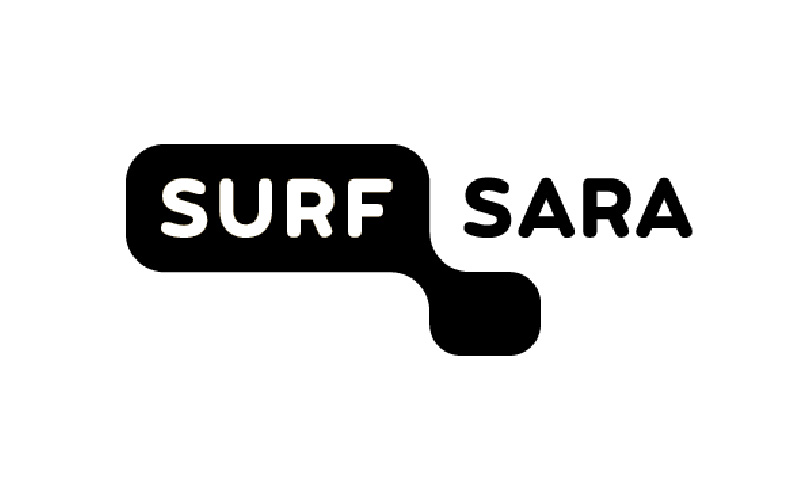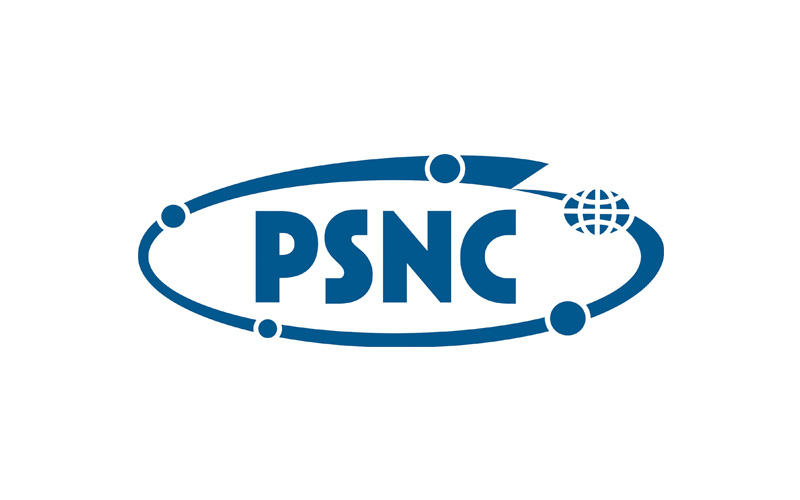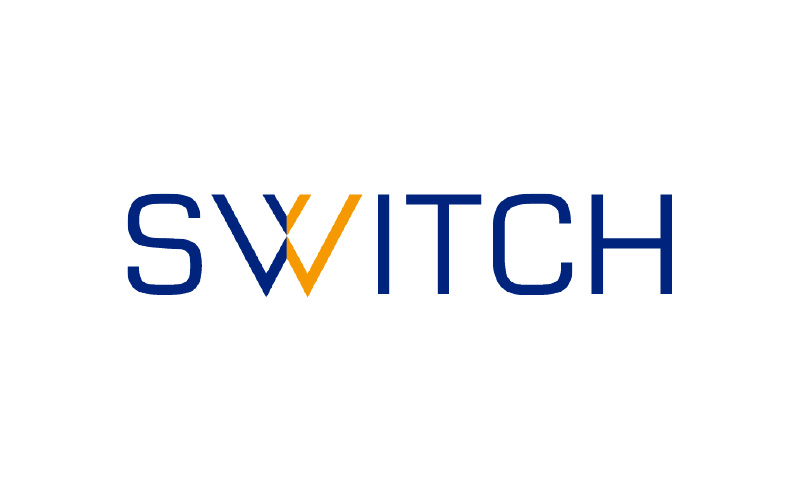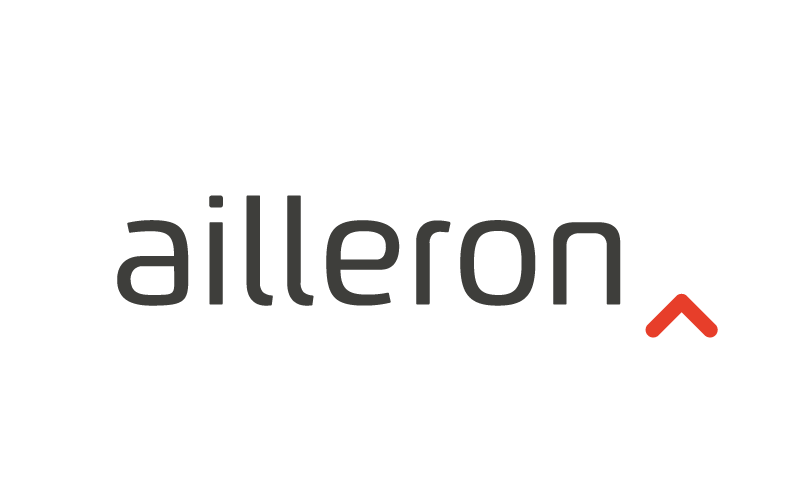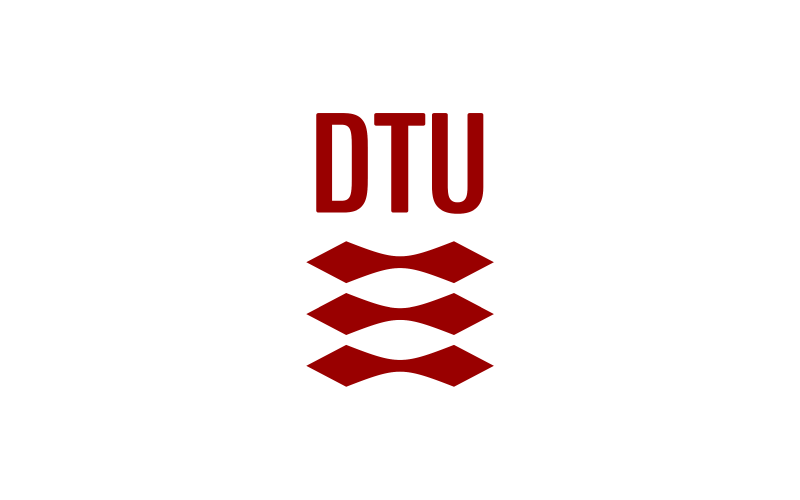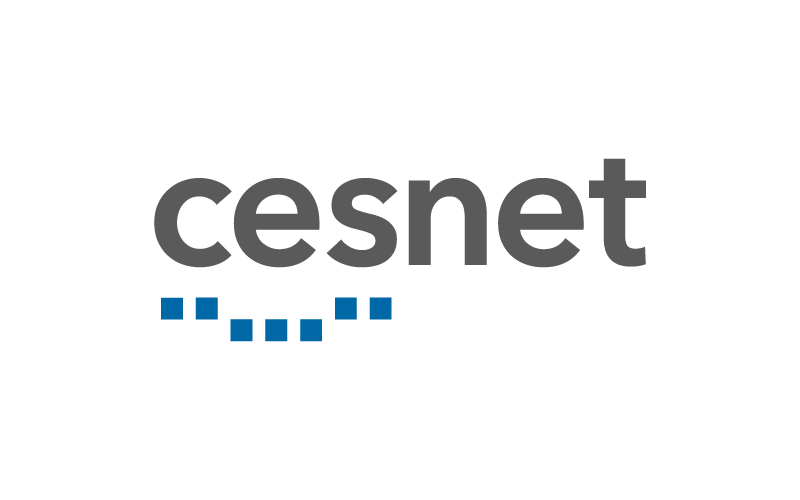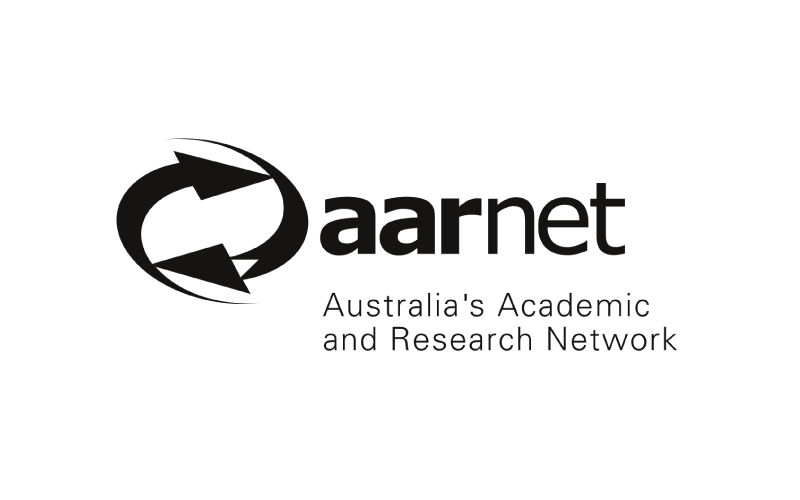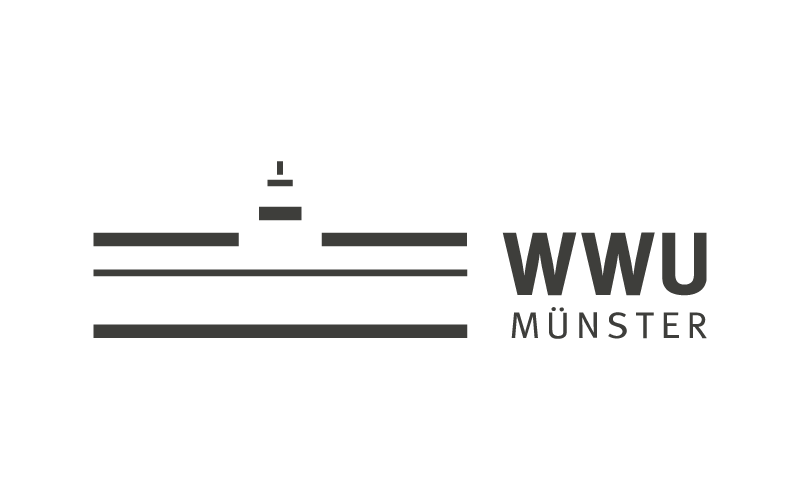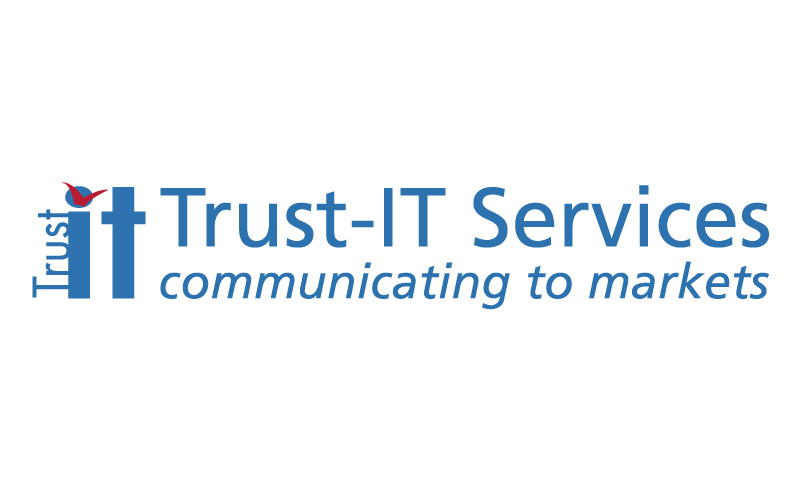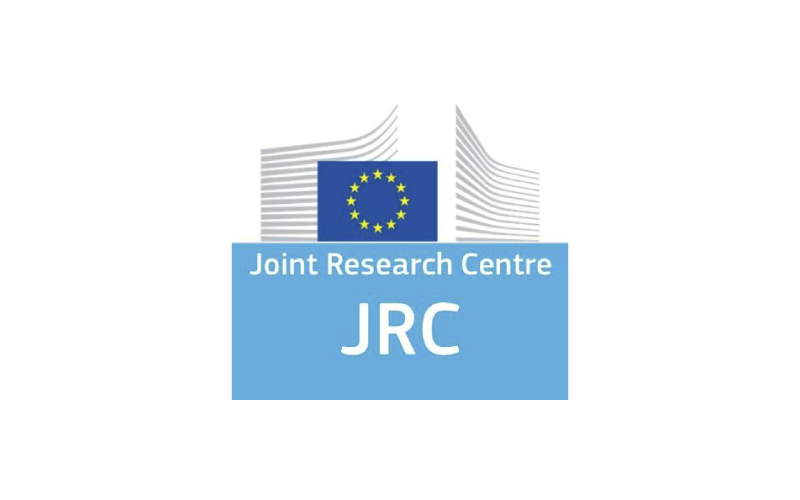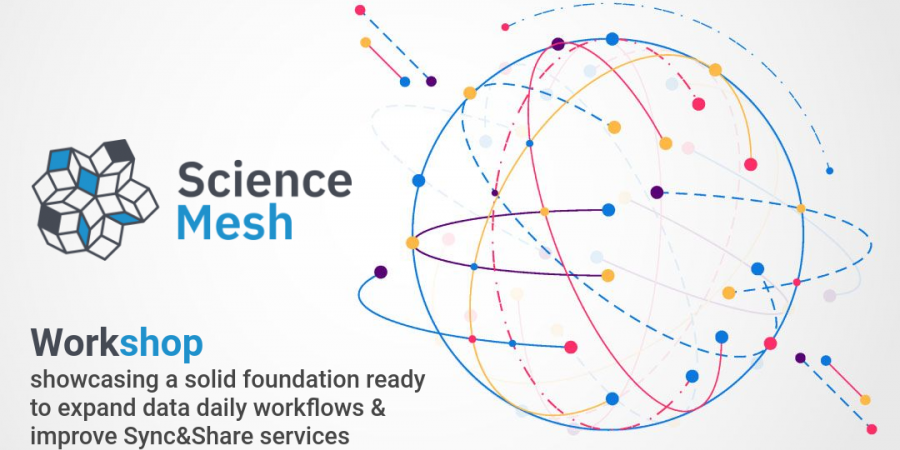
- 26 February 2021
During the workshop, several potential Science Mesh users, developers and site administrators, from both science and business sectors were invited to join its prototype infrastructure in 2021. The Science Mesh will allow cross-site collaboration for the applicants, integrating a plethora of new applications with synchronization & sharing services. Such applications range from distributed data science environments, open data systems and collaborative documents to on-demand data transfers and will benefit from the added value brought in by a transparent mesh infrastructure. Dedicated presentations were made for site administrators, to developers and data users, with real-cases presented during the CS3 2021 Conference.
Early real applications for Open Science and Digital Sovereignty in Europe
Despite still being in active development; the Science Mesh is already powering use cases with a positive impact in society. In the field of earth observation, in particular, the Joint Research Centre (JRC) and its JRC Big Data Analytics Platform (BDAP), allows non-technical users to easily browse a series of geospatial datasets. These features were used already in an Earth Observation use case, where the federation of services was tested on real scientific applications for big data analytics and visualisation (e.g. analysis the Covid19 lockdown effects on air quality – see presentation here). The federation of services of the Science Mesh are being tested in this use-case. The Sciebo RDS (Research Data Services) is a platform developed at the Westphalian Wilhelm University of Münster (WWU), which aims to bring Research Data Management (RDM) Systems closer to where researchers are already handling their data, or, in other words, sync and share systems. It is currently in a prototype phase. Thanks to Science Mesh, WWU is joining forces with consortium partners Software Mind and CERN, in a partnership with CottageLabs, which will leverage on Describo, a tool developed by the University of Technology Sydney (UTS), as well as CERN’s own InvenioRDM and Zenodo, to enable the collection and curation of research linked data and consequent publishing to an RDM platform directly from within a sync and share system (see presentation here). Other early engagements are being discussed with other entities, such as ARCHIVER, ESCAPE, EGI, OSF, Elettra - Sincrotrone Trieste and RENATER, amongst others
Focusing on the business sector, the Polish company Software Mind, which develops micro-service solutions for cloud systems, is taking part in the development of the Science Mesh in order to grow its cloud application service, microservice-based architectures, data science, big data integration and analytics (see presentation here).
Cubbit, an Italian small and medium enterprise partner in CS3MESH4EOSC, will provide a connector to the Science Mesh in its flagship physical decentralized storage device challenges.
A “Mesh for Science” which emerges from the CS3 ecosystem
The Science Mesh aims to become a ground-breaker in the global effort of federating CS3 services for Science. It brings together the existing services in the CS3 Community, into a seamless data sharing environment, thanks to a decentralized federation of nodes across borders and scientific disciplines. The second prototype phase of Science Mesh, which will allow sharing with groups of users, will be available in a year’s time, while the final production infrastructure and applications shall be fully integrated by the end of 2022.








